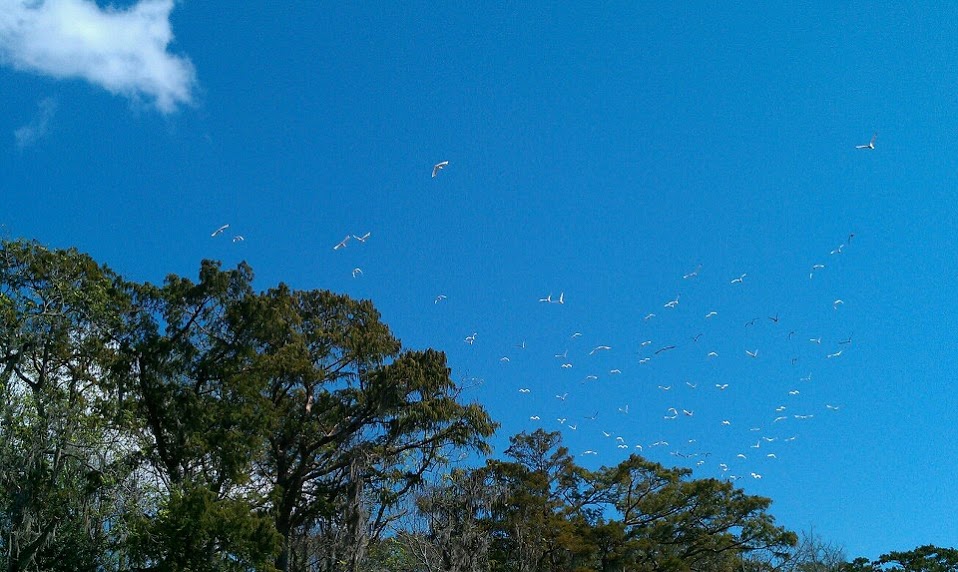 In late November, the U.S. Endowment for Forestry and Communities released a report on coastal forests in the five Gulf of Mexico states. The report discusses the value of freshwater forested wetlands and other forest types, which reduce nutrients to the gulf and provide wildlife habitat, storm surge protection, stormwater retention, groundwater recharge, and carbon sequestration. They also support the economy through recreation, hunting, and logging. The report uses data from a 1997 paper published in Nature, stating that swamps and floodplains provide nearly $19,600 per hectare ($7,927 per acre) in ecosystem services, the second-highest value among analyzed ecosystem types.
In late November, the U.S. Endowment for Forestry and Communities released a report on coastal forests in the five Gulf of Mexico states. The report discusses the value of freshwater forested wetlands and other forest types, which reduce nutrients to the gulf and provide wildlife habitat, storm surge protection, stormwater retention, groundwater recharge, and carbon sequestration. They also support the economy through recreation, hunting, and logging. The report uses data from a 1997 paper published in Nature, stating that swamps and floodplains provide nearly $19,600 per hectare ($7,927 per acre) in ecosystem services, the second-highest value among analyzed ecosystem types.
The report, “Restoration and Conservation of Coastal Forested Wetlands in the Gulf of Mexico,” focuses on coastal zones plus 25 miles inland, as described in the RESTORE Act. Report authors characterize various types of coastal forests by state and provide an assessment of their resources. According to the report, the main threats to the gulf’s freshwater forested wetlands are changes in hydrology, urbanization, rising sea levels, saltwater intrusion, invasive species, improper management, and fire suppression. The report provides state-by-state recommendations for restoration and conservation.
The U.S. Endowment for Forestry & Communities, Inc. is a non-profit established on behalf of U.S. and Canadian governments as part of the Softwood Lumber Agreement to advance the health and vitality of working forests and forest-reliant communities.




